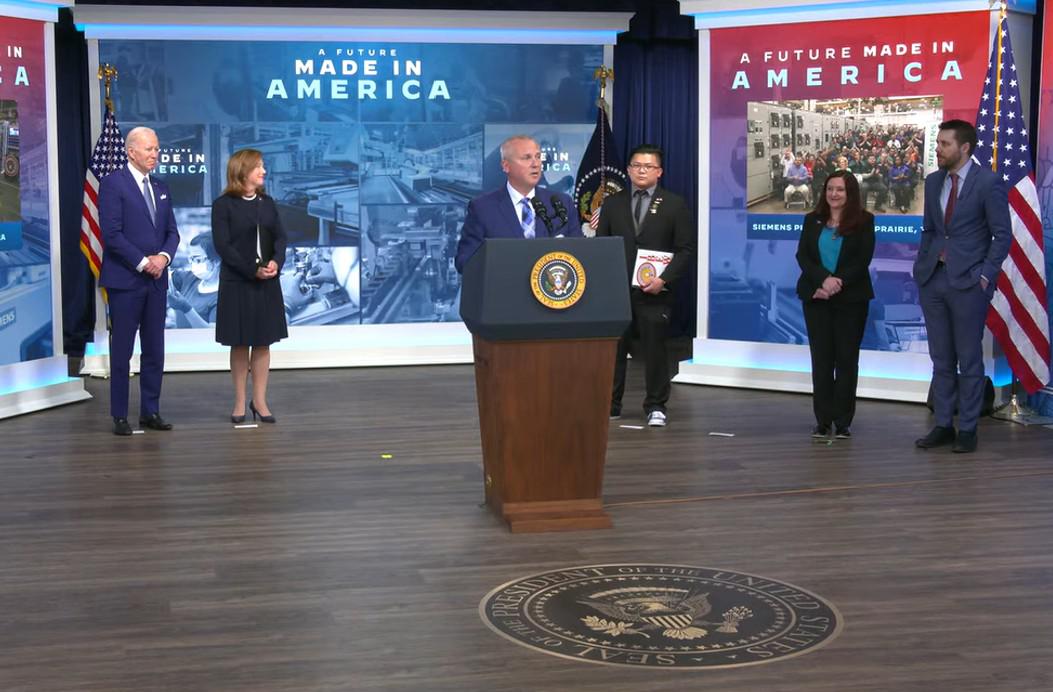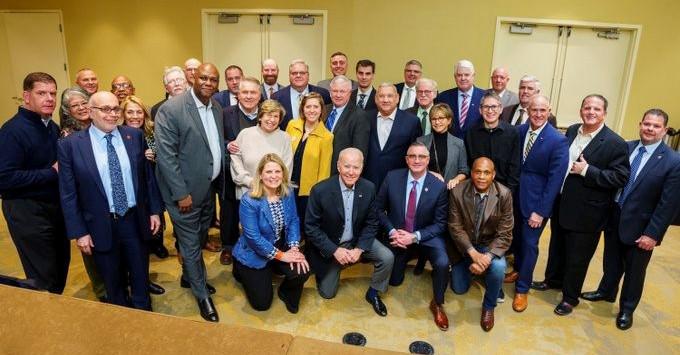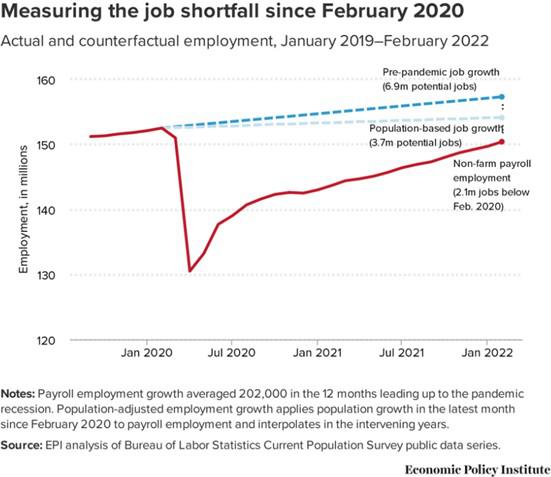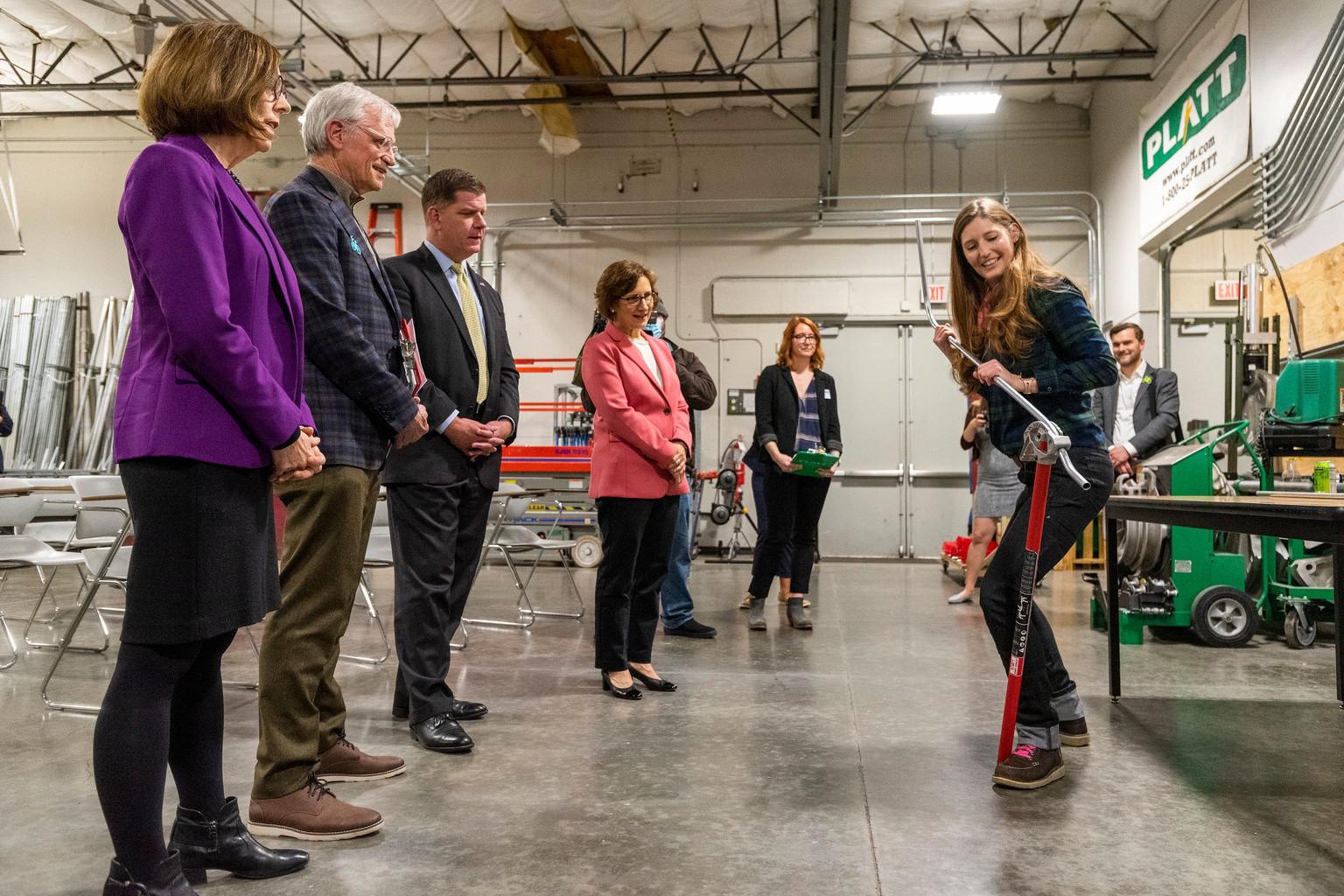Kevin B. Casey, Business Manager
Around the Local
President Biden traveled to Portland, Ore., on April 21 to visit the site of a massive project to upgrade the Portland International Airport and discuss the infrastructure law’s role in transforming the economy of the Pacific Northwest.
Members of the IBEW were front and center for President Joe Biden’s White House announcement of Siemens USA’s plan to invest $54 million to expand its manufacturing facilities, a growth that promises to bring at least 300 new jobs to the company’s IBEW-represented workplaces in California and Texas.
President Joe Biden electrified the IBEW Convention in Chicago on May 11, drawing thunderous cheers for infrastructure projects that will employ IBEW members far into the future, championing unions like none of his predecessors, fighting to cut taxes for working families and make billionaires pay their fair share, among other historic progress and plans for a better, more just America.
President Biden met with IBEW President Lonnie Stephenson and labor leaders to discuss strengthening America’s labor unions and support workers.
“Together, we’re building the economy from the bottom up and middle out,” Biden tweeted after the March 8 meeting, the latest in several gatherings Biden has held with labor leaders. The meeting in Delaware was organized by President Stephenson and AFL-CIO President Liz Shuler, who is also a member of the IBEW.
The Biden administration invoked the Defense Production Act to ease supply chain issues around solar panels on June 6, while continuing its investigation into possible Chinese trade violations.
Taken together, IBEW President Lonnie Stephenson said the suite of executive actions will build America’s energy arsenal and spur domestic energy manufacturing while reducing energy costs, supporting good-paying union jobs, and strengthening U.S. energy independence while maintaining strong labor standards.
Nearly 8 million new jobs have been added to the U.S. economy since the end of 2020. This means that employment is nearly matching pre-pandemic levels from two years ago. Construction is among the leading sectors for job growth, and that is only likely to improve as funding for infrastructure projects resulting from the historic new law comes to fruition.
Economists predict the job market will return to pre- pandemic levels by the end of 2022.
Vice President Kamala Harris traveled to Durham, N.C. to call for more unionization in the state.
“To continue our recovery, we must then create more good-paying jobs, good union jobs. In big cities and small towns across our country, union workers are building the future,” Harris said in her Durham speech, where she was joined by Labor Secretary Marty Walsh.
A labor department plan to strengthen federal prevailing wage rules and enforcement under the Davis-Bacon Act would put more money in the pockets of an estimated 1.2 million U.S. construction workers.
Labor Secretary Marty Walsh said the changes would “help us make sure our skilled workers and wages can’t be undercut” and are especially timely as projects funded by President Biden’s Bipartisan Infrastructure Law surge nationwide.




